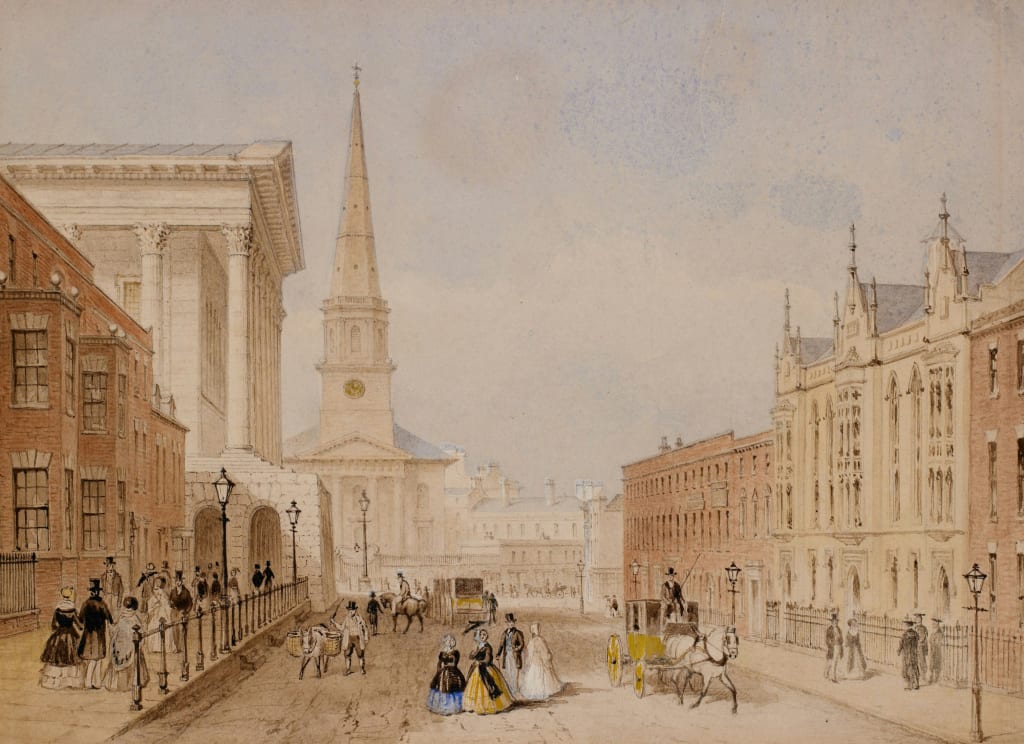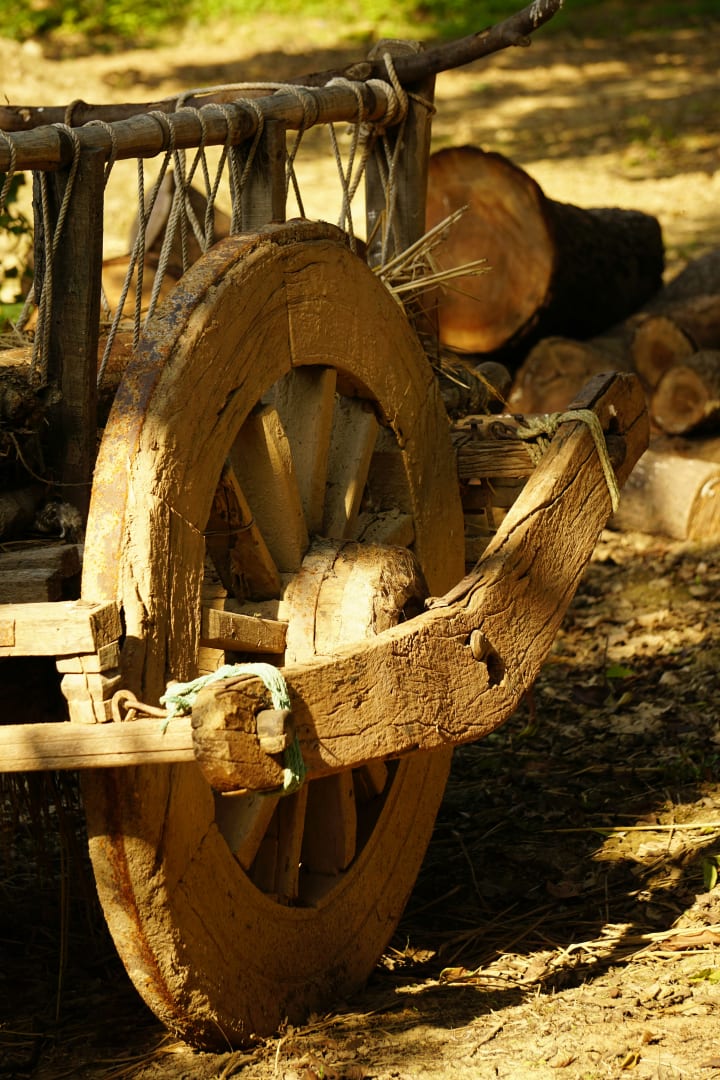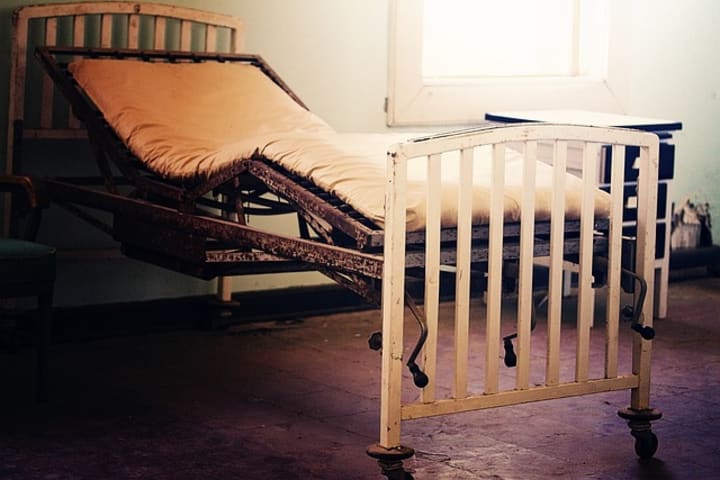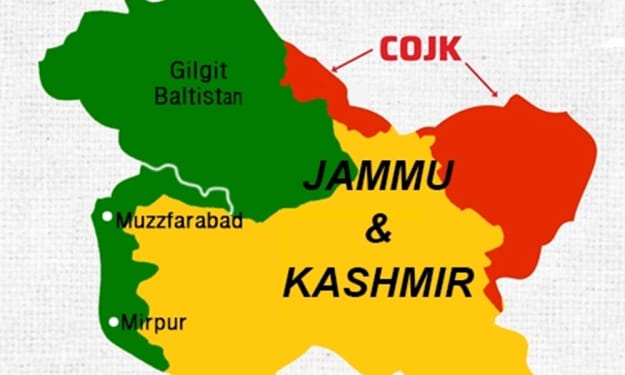Daily Life in Historical Times
Four Terrifying Truths About the Old World

History has amazing highlights, and the civilizations that helped build the world we know today have a lot to take credit for. From the monolithic pyramids at Giza to the brilliant and provocative artworks of the Renaissance, you would think that living in any of the centuries when mankind was reaching for the stars is something you would want to witness and participate in, but you may want to think twice about it.
While being a badass knight might sound epic to you or being one of Socrates' valued students is a high honor, it's the things that happen in between the knightly duties or the lessons at school that you should take heavily into consideration. Daily life in the medieval ages or in ancient Rome isn't as glamorous as it is often portrayed, and the things we have read in our school's history books have been, pretty much, filtered down to suit the taste of a general, more wholesome audience. So, we're letting you in on some of the things that may surprise you about daily living in historical times. Here are 4 horrifying realities of daily life in the early centuries of the world!
1. No Indoor Plumbing
Indoor plumbing is one of the greatest inventions in human civilization, but we often take it for granted in our daily lives. We use the toilet and wash our hands, and the waste goes down the drain, out of sight and out of mind. However, in the past, people didn't have this luxury. For example, ancient Romans had public toilets, but there was no sewage management system in place. The toilets were dirty, unhygienic, and could even catch fire due to methane build-up. In the medieval age, people tried to be innovative by digging cesspits or creating wooden pipe systems, but they often caused problems for neighbors and led to waste accumulating in the streets. In those days, many people simply went wherever they needed to, in buildings, public squares, and marketplaces. It's hard to imagine living in those conditions today.

2. Traveling Was Dangerous
Traveling in the past was a completely different story compared to today. Finding a safe and clean place to rest was one of the most challenging parts of traveling. Even traveling in a group was not always safe due to armed bandits and companions turning on each other in times of hardship. Ignorance of local customs and poor planning could get travelers thrown into prison or cause food poisoning. Holy Roman Emperor Frederick I drowned during the Third Crusade. In conclusion, it was best to stay at home if there was no important reason to travel.
3. No Quarter for the Unemployed
Unemployment has always been perceived as an unfortunate but necessary part of economic progress and development. In modern times, we offer support to the unemployed in the form of welfare, career counseling, and various other programs that can help them regain their footing and start building a life. However, this was not the case centuries ago, particularly in the medieval age.
In 16th-century England, being unemployed was considered a criminal offense. The jobless had to wander from town to town in search of work, and as a result, they were often viewed as vagrants by law enforcement and locals. They were promptly arrested, and the lucky ones were jailed. Unfortunately, most were tied to carts and brutally flogged while being dragged around town.
In 1547, the flogging law was replaced, and vagrants were given the option of being branded like cattle or sold into slavery. By 1600, new laws were passed that rewarded people who captured and brought in vagrants. This turned out to be a terrible plan as many individuals began to make a living by capturing anyone they found sleeping on the streets or suspected of vagrancy.
While the government did offer some assistance to the poor and jobless, they were required to wear a badge with the letter "p" stitched onto it. Refusal to wear it resulted in a fine equivalent to two weeks' wages, which they did not have in the first place since they were unemployed.

4. Medical Care Was Limited
In ancient times, the field of medicine was not as advanced as it is today. As a result, many deaths were caused by small injuries like cuts and scrapes that became infected and spread to vital parts of the body. If people were lucky, they would only lose an infected limb or two. Women were particularly vulnerable during childbirth, and many died due to complications during delivery. There were no anesthetics, so surgeries and amputations were performed without any pain relief.
In conclusion, while there are many amazing aspects to historical civilizations, daily life was often harsh and unforgiving. We should appreciate the modern conveniences we have today and never take them for granted.
Wealth and status were not guarantees of good health. In fact, history has shown that more deaths occurred in crowded urban areas than in rural areas. This may be due to the unsanitary conditions of cities, where people do not know where to properly dispose of waste. The Black Plague, which claimed millions of lives across Europe, was a result of poor sanitation in cities.
Overall, catching a common cold in an overcrowded and unsanitary urban landscape, combined with poor medical knowledge, could be fatal in a matter of days.
About the Creator
Enjoyed the story? Support the Creator.
Subscribe for free to receive all their stories in your feed. You could also pledge your support or give them a one-off tip, letting them know you appreciate their work.





Comments
Test is not accepting comments at the moment
Want to show your support? Send them a one-off tip.